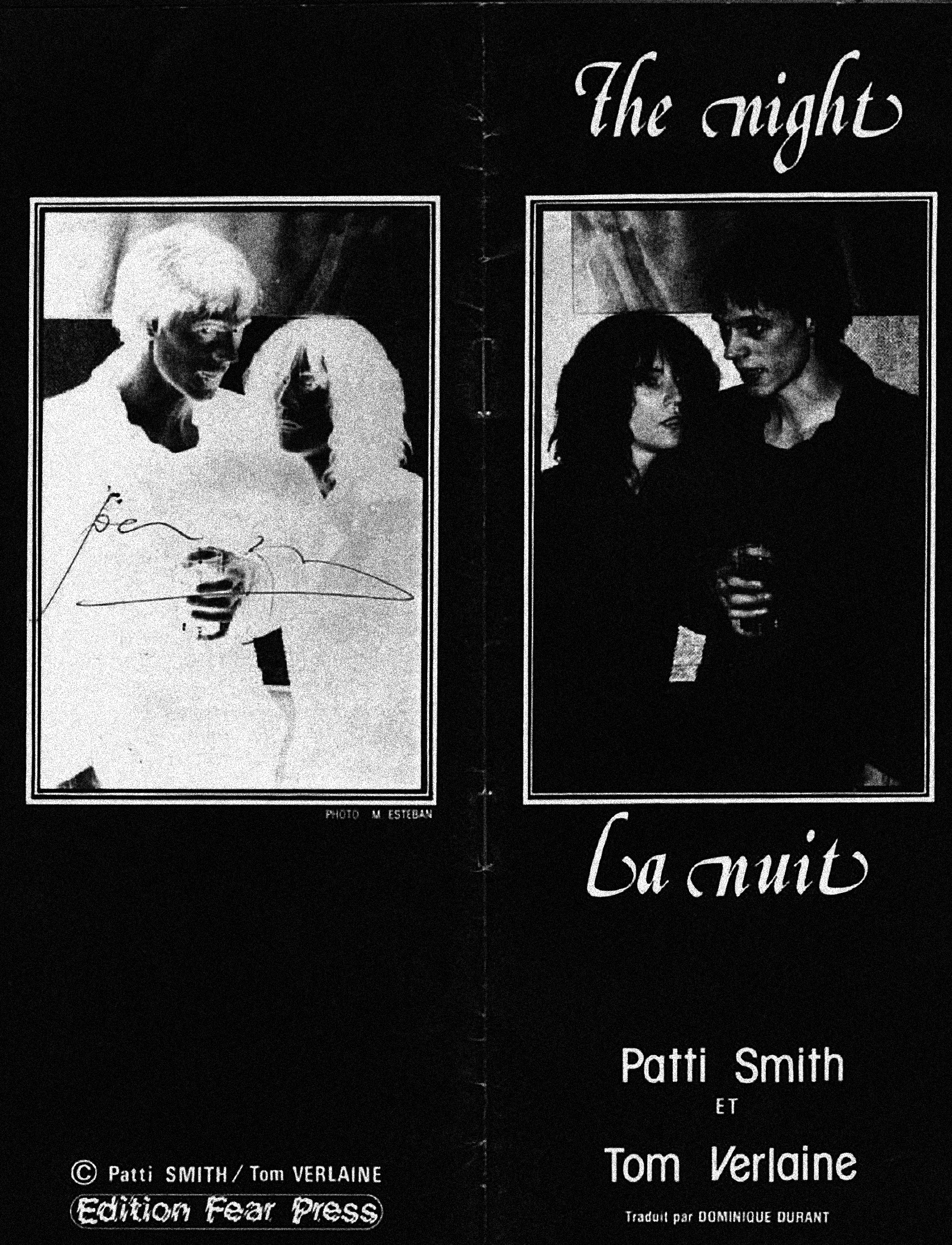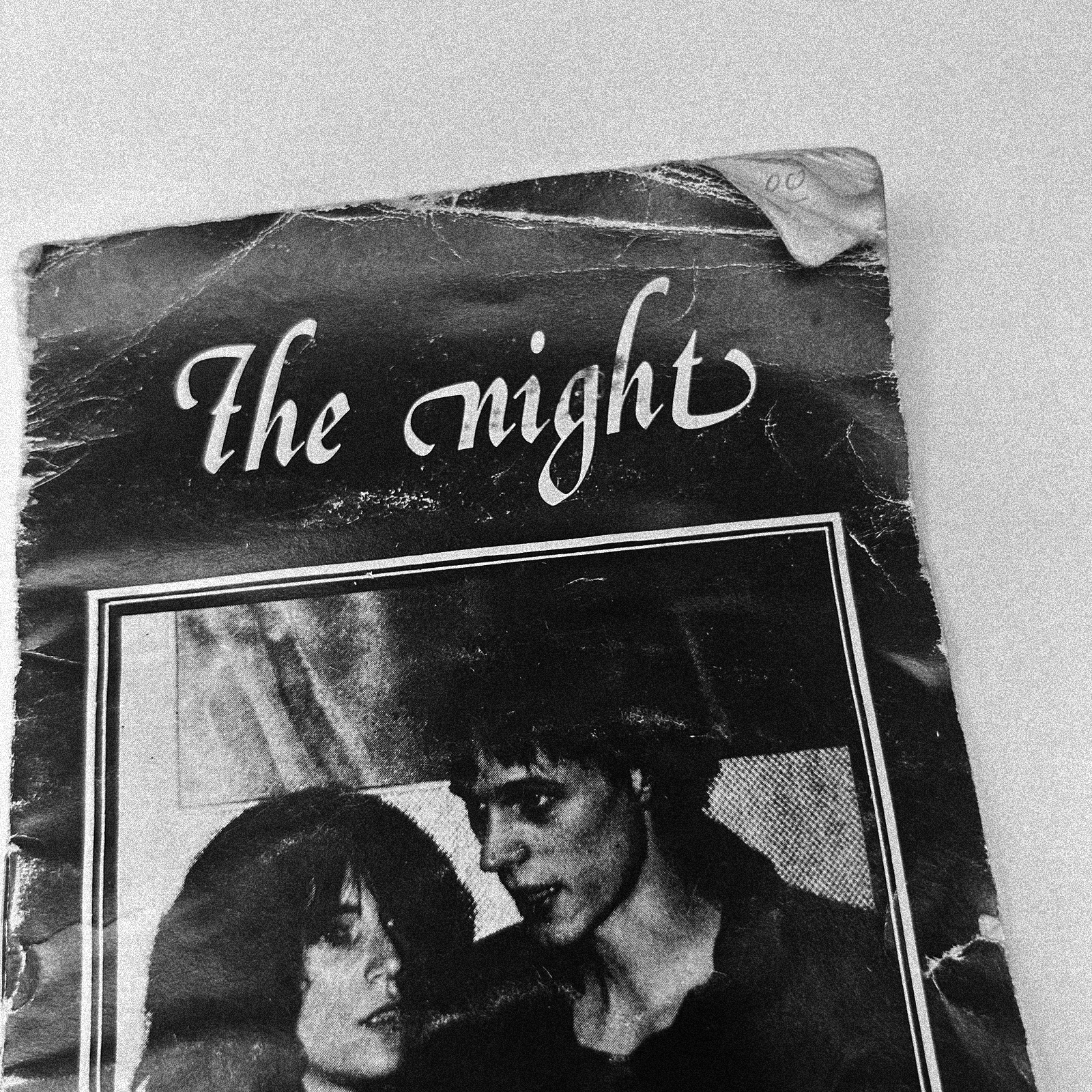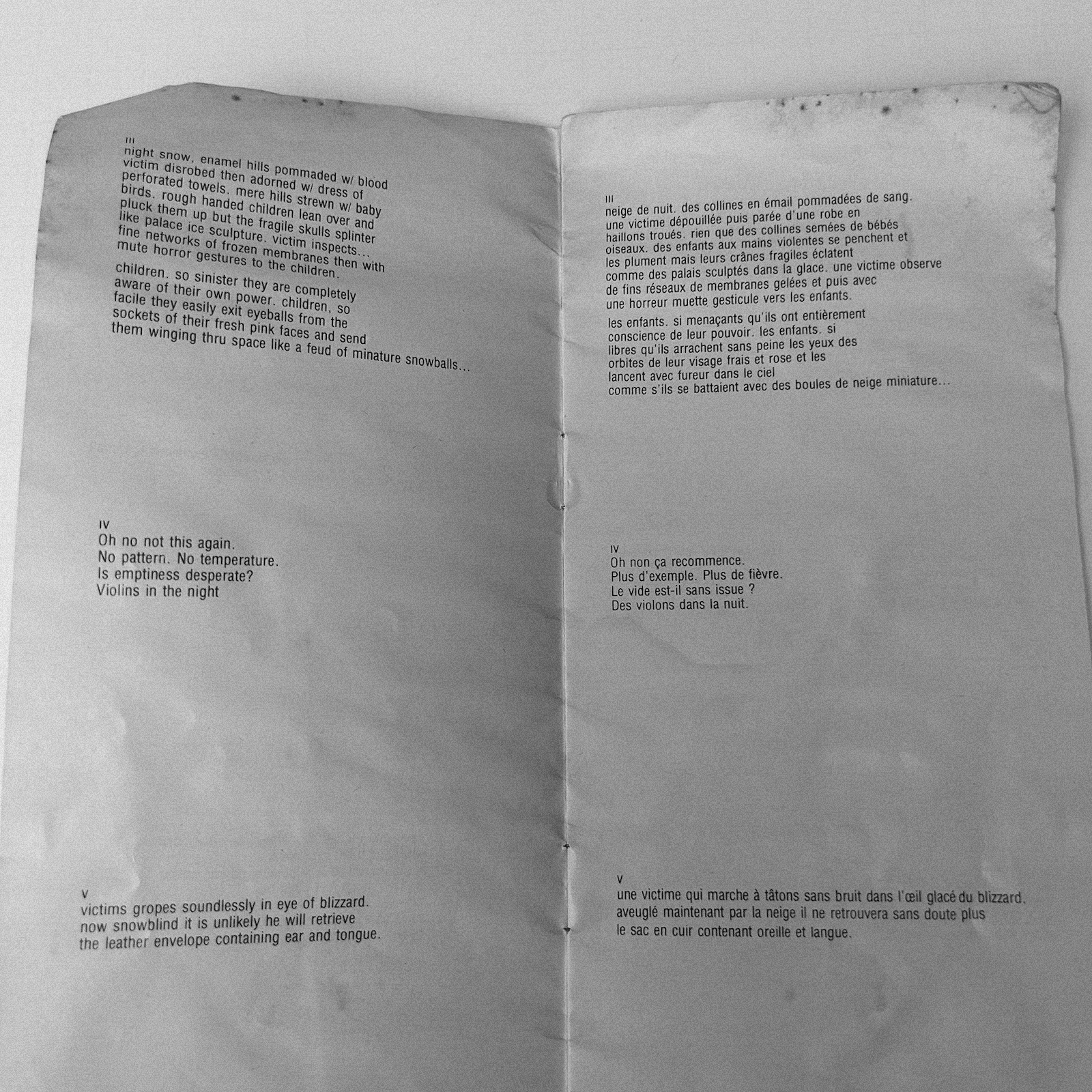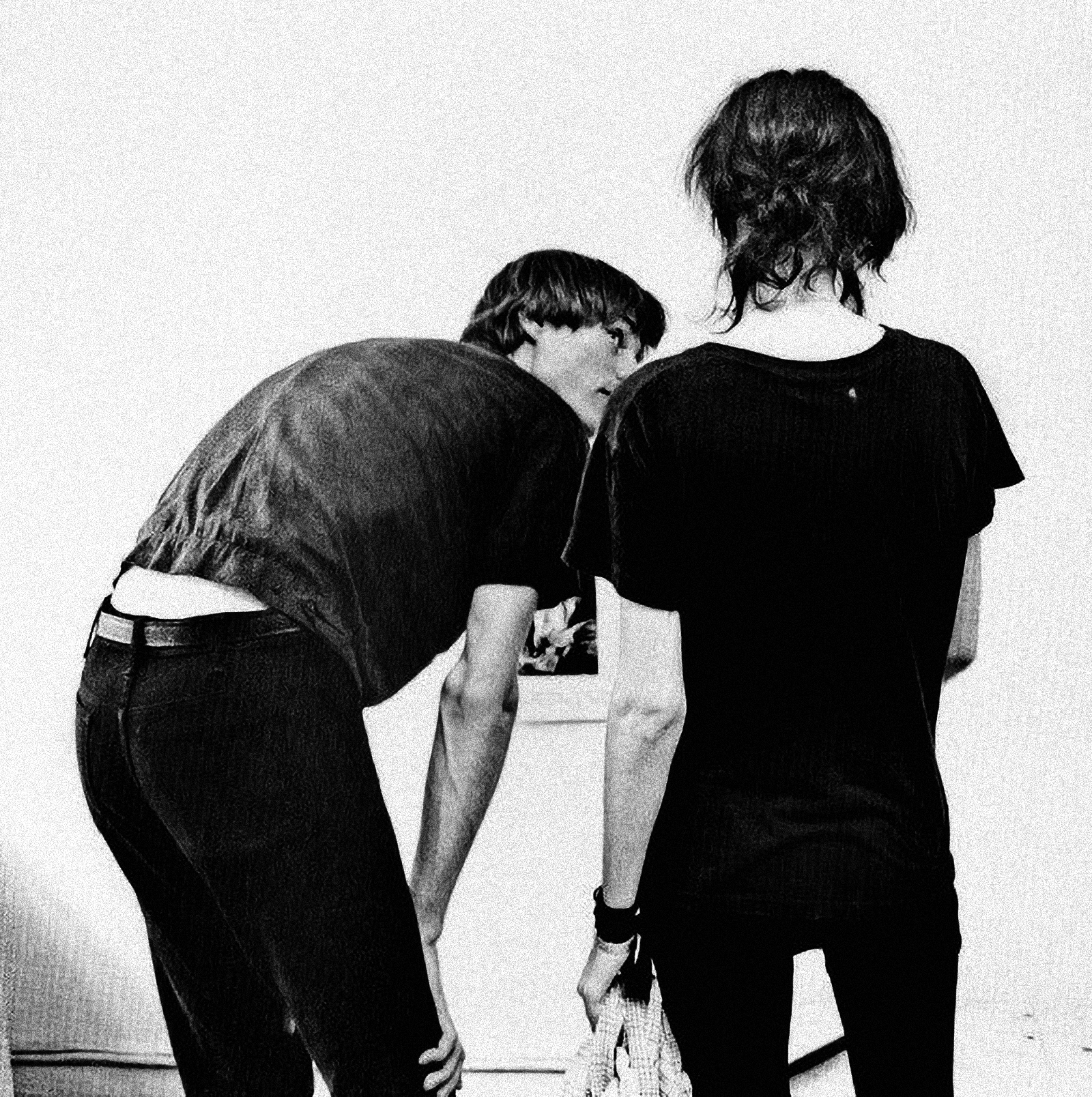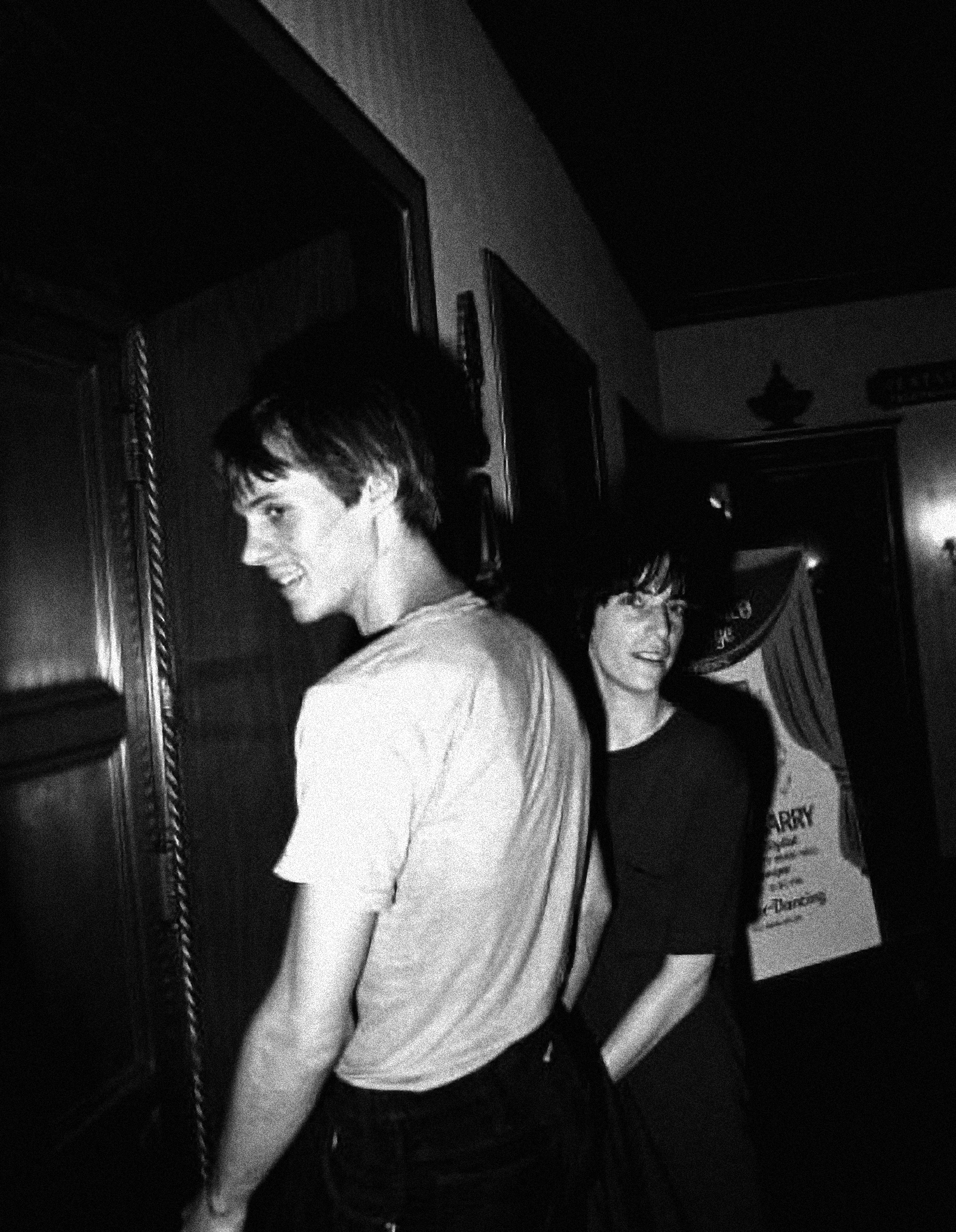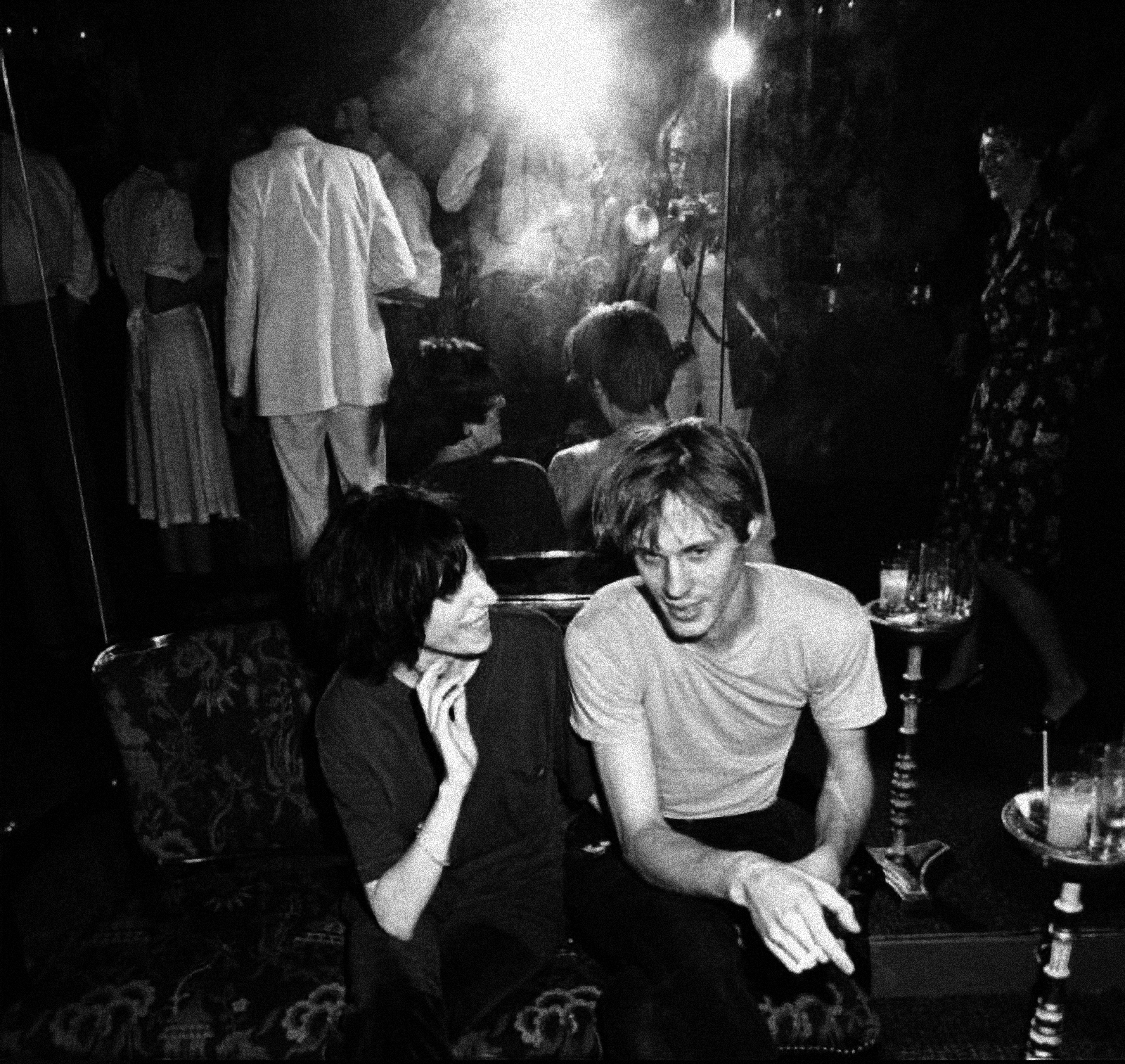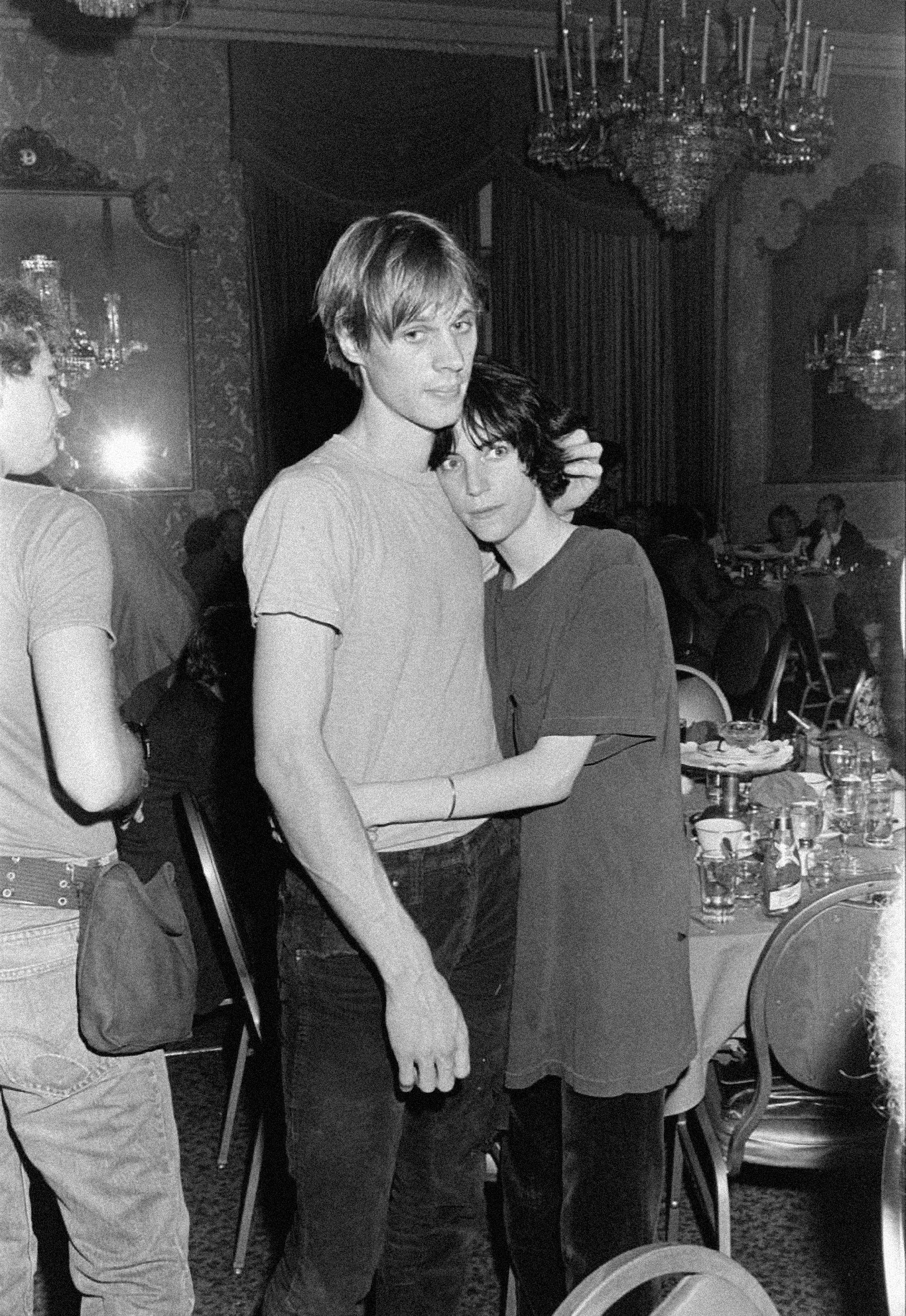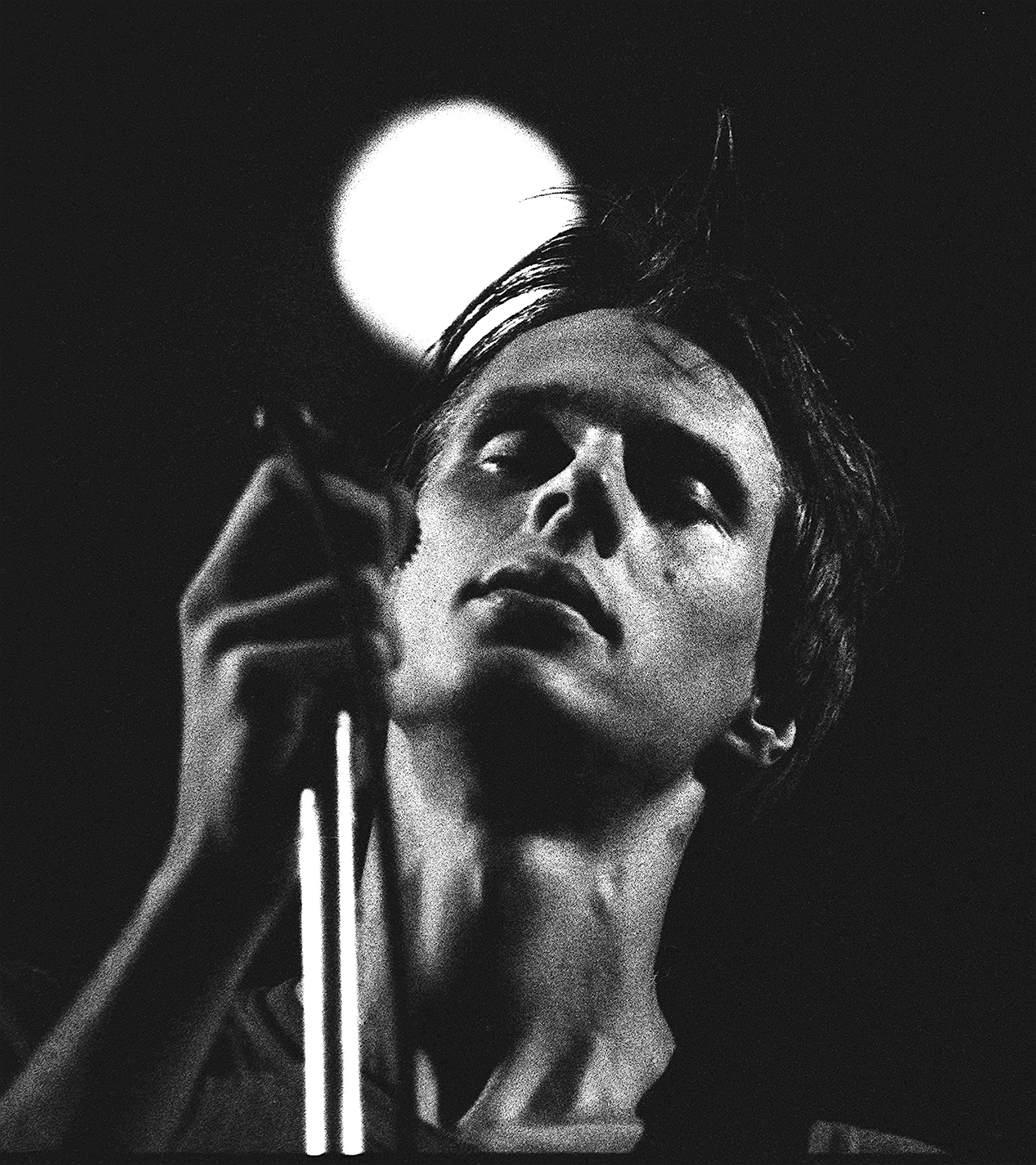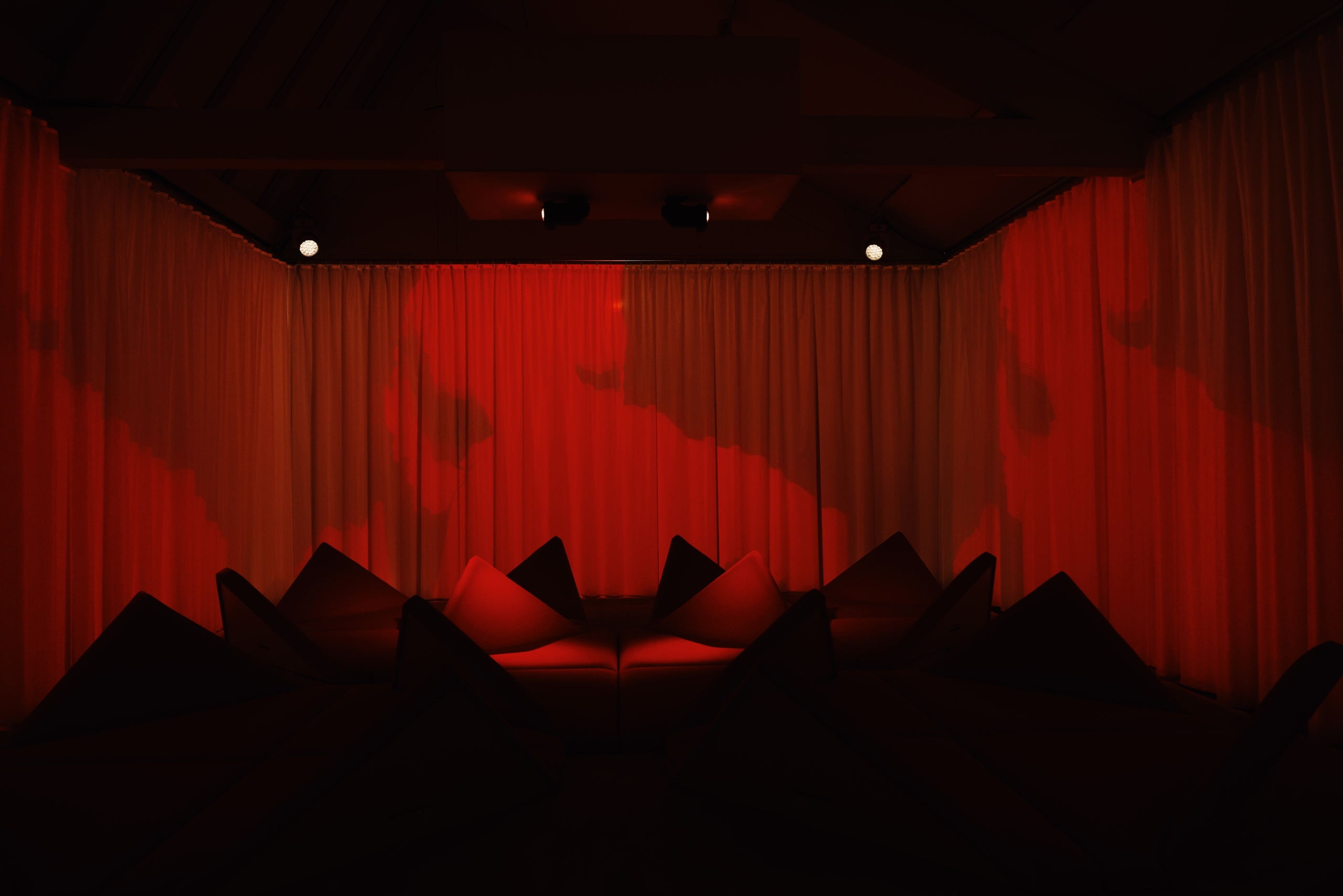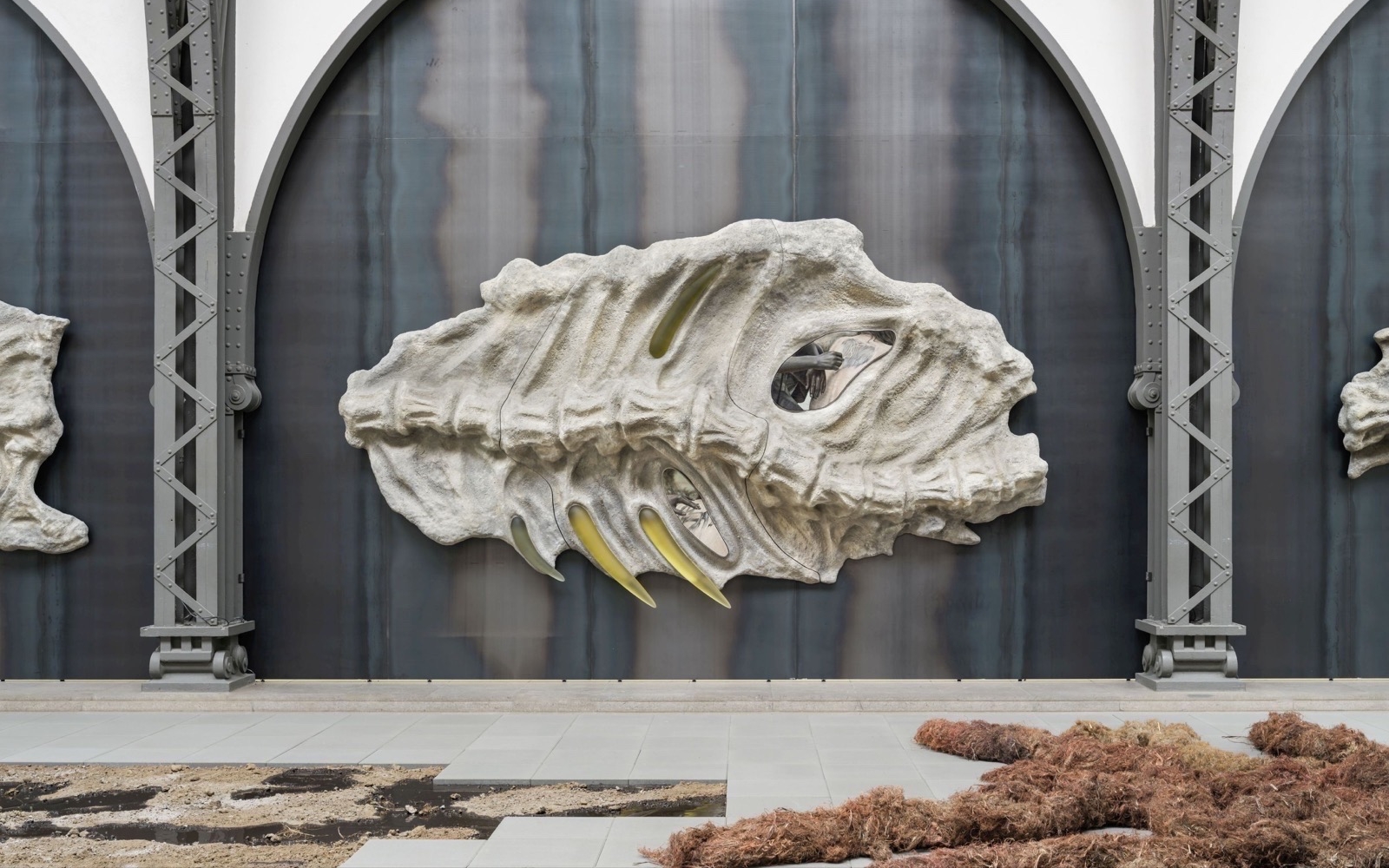He was laying upon her ephebic thighs, the nodes of their angular bodies layered one over the other, in a tangle of ash and stares. Before loving him, she had loved the words of his poetry, and later those of his songs. From the moment they first crossed paths at CBGB*, she in the crowd, he on stage, they had not stopped sharing walks through dusty bookstores, reading sessions in dingy cafés over cappuccinos and cigarettes: the only vices Tom allowed himself. Patti refrained from drinking in his presence, as though to underline yet another point of communion, a sign of complicity further sealing their elective affinity. Their conversations in the club’s backroom between sets made both of them lose all sense of time, and more than once he climbed back on stage mid-song, his mouth heavy with smoke and all the kisses he did not permit himself to give her. When their lips were still, their eyes did the rest, and though surrounded by so many words, unspoken phrases lingered in their throats, held back by the most tender fear.
They had recognised each other from the very beginning: she, the black sheep; he, the alien with a slender body and gentle face, marked by an ancient yet otherworldly grace, with glacial orbits and lowered eyelids, always on the verge of melting into the shadows beneath his eyes, a feature that made him look like one of those poets maudits she had adored as a girl. Tom never blushed, yet the restless twisting of his fingers and wrists betrayed a shyness that clashed with his features, with the calm authority with which he inhabited his leather jacket, and the swanlike neck that turned each time she entered the room. A gentleness that abandoned him whenever he seized the guitar. Then he would stroke it with a methodical fury, like an assassin of strings, ready to slit the throat of his instrument with merciless precision. Perhaps he was not entirely aware of how he had revolutionised sound, of the way his plectrum struck, of how he tamed the reverberations. She, however, had noticed. And on a grey day, in a bid with herself to seduce him, wrapped in a green silk raincoat**, she went to ask him to play on her debut album.
In the dim light of candles, lit up because the electricity had been cut off due to missing payments, their left hands, free from the creative burden of the pen, timorously searched in the darkness for the other’s body, tickling the skin just enough not to make their interest too obvious, he playing with the rings and bracelets gifted to her by previous lovers, she caressing his hay-like hair with a tenderness masked as friendship. That night they hadn’t gone out; it was one of those days when all they wanted was each other’s company and a book to discuss; one of those days in which they believed they could still be a couple. It was a Sunday and the bookstores were closed; that week, Patti had had to sell all the ancient copies she had collected through flea markets to pay the rent: nothing readable remained besides the telephone book and random newspaper pages cast against a wall as a way to protect the floor from her irreverent brushstrokes, for those moments when, plunged into the nostalgia of the early days in New York, she still pursued the dream of becoming a visual artist. The little diary that she always carried with her was the only surface on which they could write. She had torn a couple of pages and gave them to Tom and to herself, accompanying the gesture with the declaration: “We should write something together, you and me, Tom. Why haven’t we thought of it before?” He rotated his wrist next to his head, with an expression that stood for an amused “I don’t know,” then shifted the weight of his elongated body back, his muscles stretching underneath what remained on his overly-used tshirt, reaching toward the small table where two pens were resting, and handed one of them to her with a grimace of complicity.
 https://www.nastymagazine.com/wp-content/uploads/2020/10/Tiziana-Cera-Rosco-x-Nasty-Magazine-003-1.jpg
1000
1500
admin
https://www.nastymagazine.com/wp-content/uploads/2015/02/new-logo-basker-WHITE4.png
admin2020-10-30 16:00:582025-03-19 13:23:21Tiziana Cera Rosco / Body as a tool
https://www.nastymagazine.com/wp-content/uploads/2020/10/Tiziana-Cera-Rosco-x-Nasty-Magazine-003-1.jpg
1000
1500
admin
https://www.nastymagazine.com/wp-content/uploads/2015/02/new-logo-basker-WHITE4.png
admin2020-10-30 16:00:582025-03-19 13:23:21Tiziana Cera Rosco / Body as a tool
